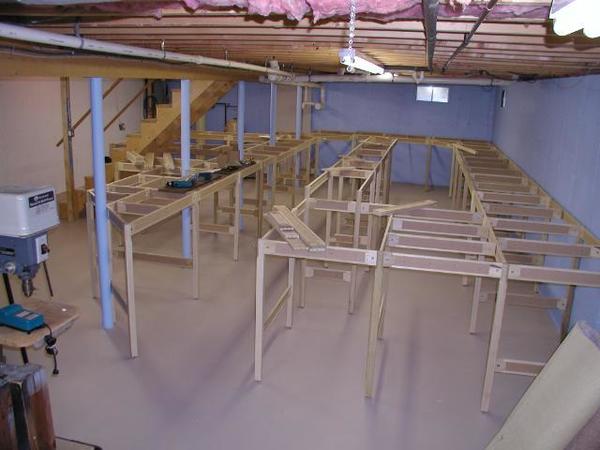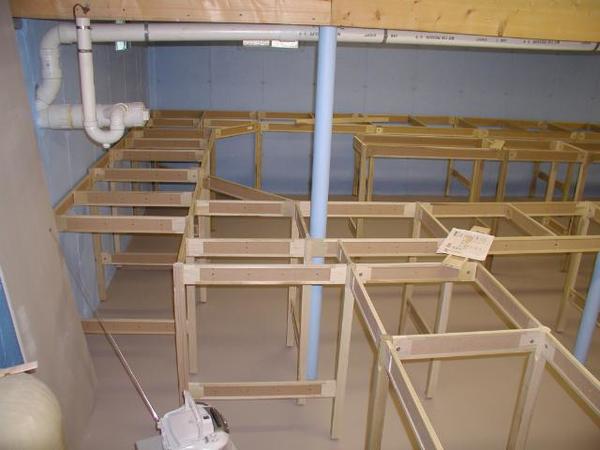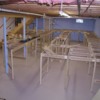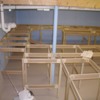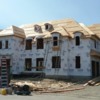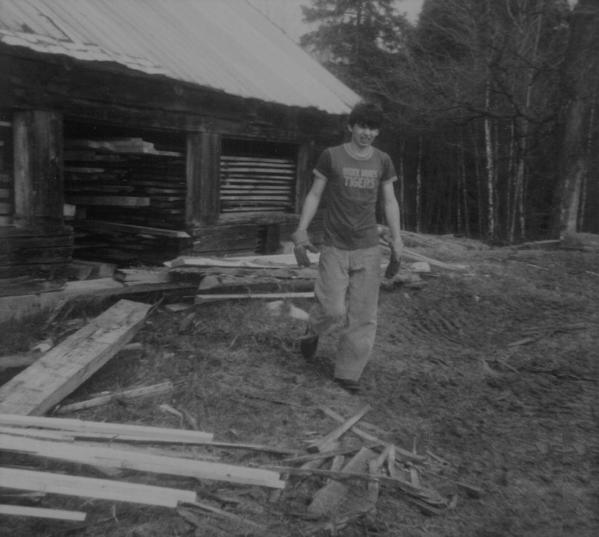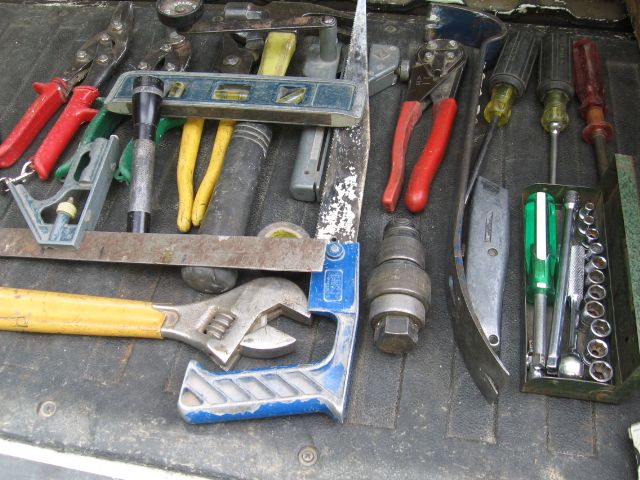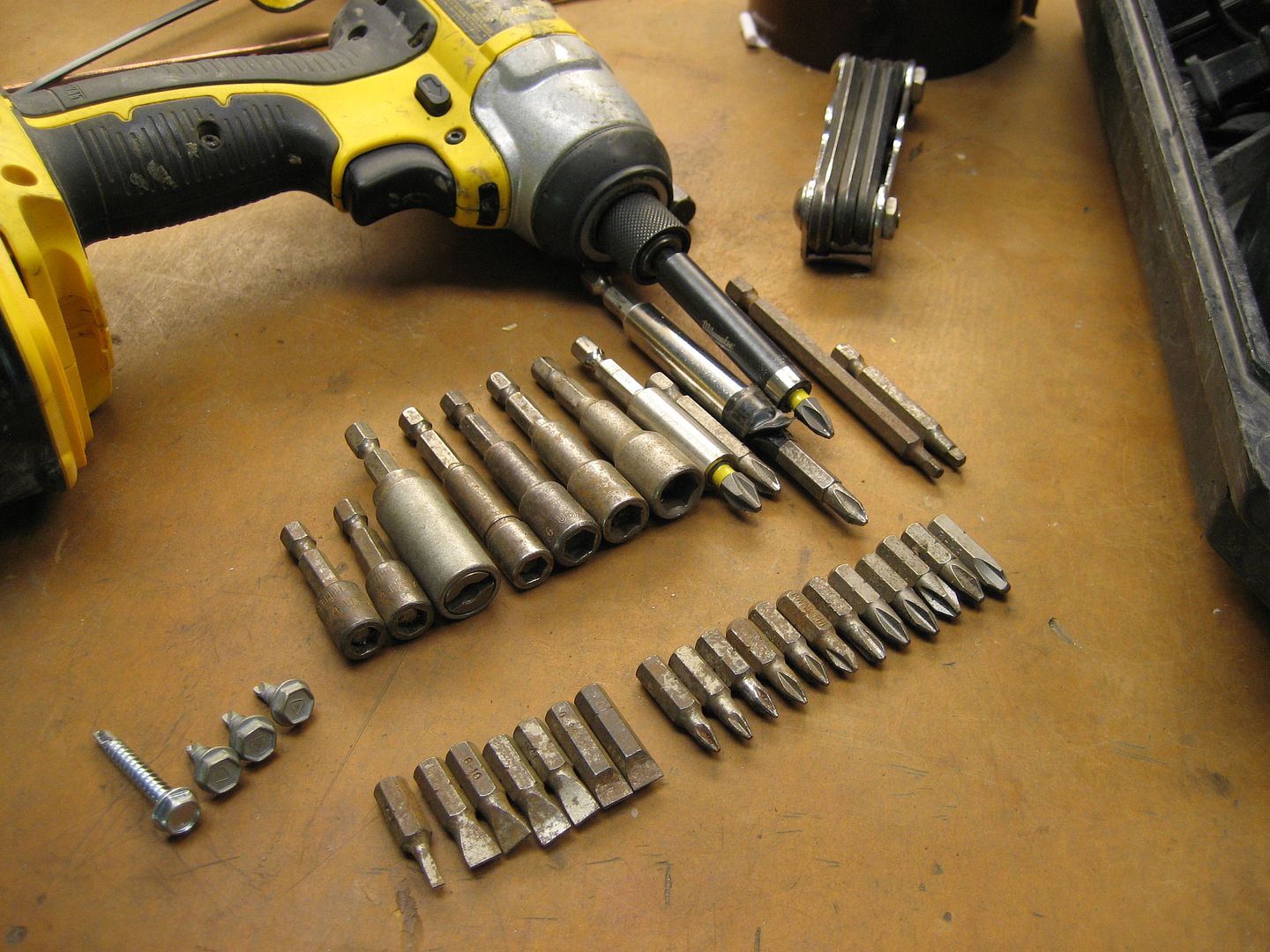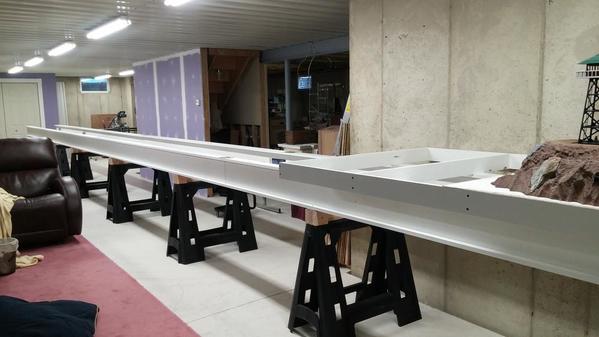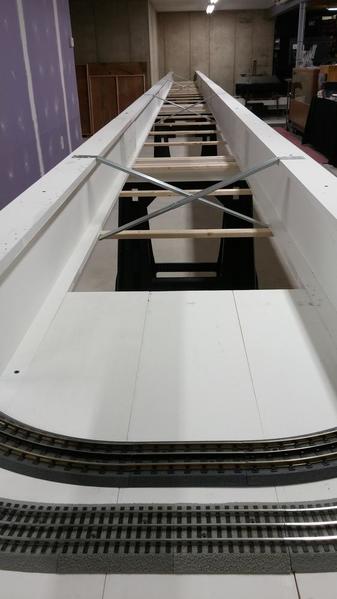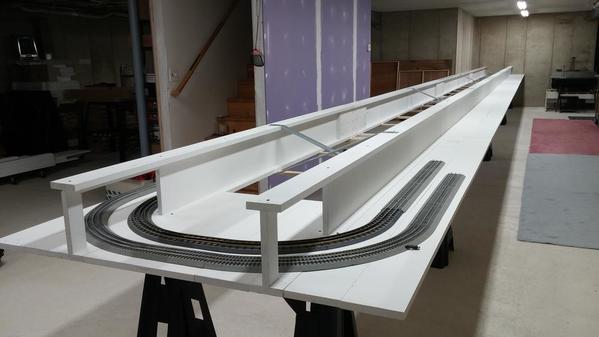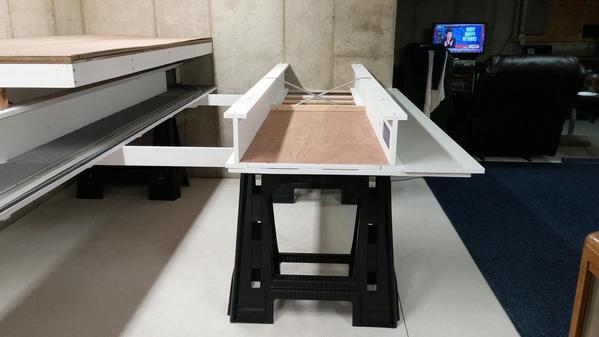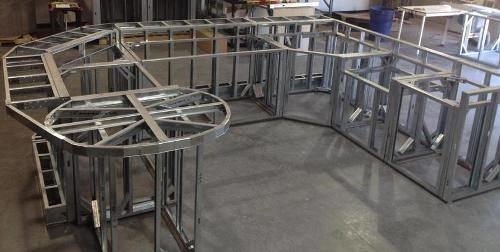There's quite a bit of good information here so far, but I have to stand firm that there's been no time in my life time that construction grade lumber was suitable for finished work right off the rack. It may be worse today, as the process of choosing what logs/parts of logs become what boards has improved, but it was never really nice and square and level right off the rack. We haven't used old-growth lumber for framing since at least the 1960's and even then it was less common. The introduction of "top choice" or other 'premium' lumber also leaves the regular stuff at a lower over-all quality, as all the good boards are marked up. These premium boards seem to be of the same sort of quality that I recall in typical studs 20+ years ago. Less knots, less twisting and bowing... Still need to be milled at home if you want them to be furniture grade.
Now what you will find is that the lumber mills do more efficiently choose what logs to use for what boards today. 2x4 studs that no one will ever see, stuffed inside a wall? Use the most knotty, bowed, garbage logs you can find. If you want a better quality of lumber look into 2x8 or larger boards. Even in a construction/framing grade these are expected to be used as joists, and are unusable as such if they twist or bow much. As such they are milled from better stock. If you have a table saw the wider boards are pretty easy to rip down. In general wider or longer boards will be much better quality than your typical 92 5/8" stud.
JGL




